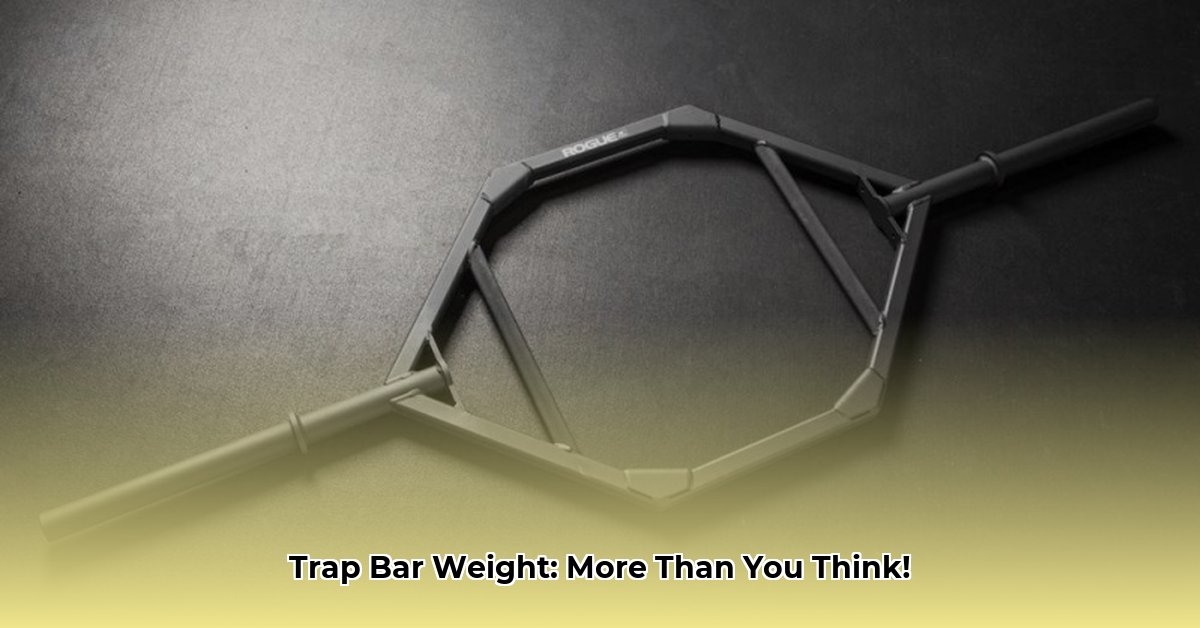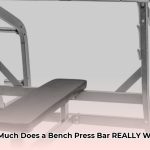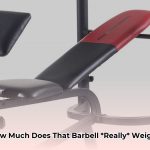Decoding Trap Bar Weight: It’s Not So Simple
Thinking about adding a trap bar to your workout arsenal? Great choice! These versatile tools are fantastic for building strength. But one common misconception trips people up: the weight. Unlike standard barbells, trap bars don’t have a fixed weight. They typically range from 40 to 70 pounds, with 45 to 60 being the sweet spot. This guide breaks down the factors influencing trap bar weight, explores different types, and compares popular models to help you choose the right one for your needs.
What Determines a Trap Bar’s Weight?
Several factors contribute to a trap bar’s heft, much like the differences between a stripped-down car and a fully loaded model.
Material & Construction: The Foundation
- Steel Gauge: Thicker steel means a heavier, and likely more durable, bar. Some manufacturers use higher-grade steel alloys, which can be denser, further increasing weight.
- Build Quality: Robust construction with thicker welds and reinforcements adds weight but improves stability, especially crucial for advanced lifts.
Features: Enhancing Performance (and Weight)
- Rotating Sleeves: These allow the bar to spin freely, often smoother for Olympic weight plates, reducing wrist strain.
- Adjustable Handles: These cater to different exercises and user heights, adding versatility but also weight due to the extra hardware.
- Knurling: The textured grip on the handles improves grip security and contributes slightly to the overall weight.
- Coatings: Powder coat finishes enhance durability and aesthetics but minimally affect weight.
Size: A Significant Factor
- Length: Longer bars, particularly XL trap bars designed for taller individuals or heavier lifts, increase weight and provide a wider stance.
- Sleeve Width: Wider loading sleeves accommodate more weight plates and contribute to a heavier bar.
Trap Bar Variations: A Quick Overview
Trap bars come in several styles, each influencing the overall weight:
- Open Trap Bars (Hex Bars): The most common type, offering a good balance of stability and freedom of movement.
- Closed Trap Bars: Providing increased stability when lifting heavier loads, especially helpful when dealing with higher weights.
- Adjustable Trap Bars: Offering handle height adjustments for various exercises and user heights, valuable for customizing your workouts.
- XL Trap Bars: Designed for taller lifters or those wanting to lift exceptionally heavy, offering greater loading potential but also increasing weight.
Trap Bar Weight Comparison: A Practical Guide
This table showcases weight variations across different models. Always verify the exact weight with the manufacturer before purchasing as specifications can change.
| Brand | Model | Price (USD) | Weight (lbs) | Key Features |
|---|---|---|---|---|
| Bells of Steel | Open Trap Bar 3.0 | $275 | 47 | Rotating Sleeves, smoother for Olympic weight plates |
| Rogue Fitness | Rogue TB-2 | $395 | 60 | High Weight Capacity (1000+ lbs), ideal for experienced lifters |
| Rep Fitness | REP Trap Bar | $274 | 55 | Balanced Design, stable lifting experience |
| Kabuki Strength | The Trap Bar HD | $699 | 66 | Premium Build, Heavy Duty, might be overkill for beginners |
| Titan Fitness | Olympic Hex Bar | $130 | 44 | Budget-Friendly, good starting point |
| CAP | CAP Barbell Olympic Trap Bar | $170 | ~46 | Combo Grip, offers grip variations |
| Valor Fitness | OB-ADJ | $295 | 51 | Adjustable, customized weight distribution |
| Fringe Sport | Hex “Trap” Bar | $280 | 45 | Simple, Effective Design, core functionality |
Prices and specifications are subject to change. Always check the manufacturer’s website for the most up-to-date information.
Choosing Your Ideal Trap Bar Weight
Selecting the right trap bar weight depends on your individual needs and training goals.
- Beginners: A lighter bar (45-50 lbs) is more manageable for learning proper form and technique.
- Experienced Lifters: A heavier bar (60-70 lbs) accommodates heavier loads and provides greater stability.
- Taller Individuals/Heavy Lifters: An XL bar provides needed space and stability for heavier weights.
Considerations: Lighter vs. Heavier Trap Bars
Lighter:
- Pros: Easier handling, beginner-friendly, better for smaller spaces, often more affordable.
- Cons: May require adding plates sooner as strength increases, might be less stable for heavy lifts.
Heavier:
- Pros: Higher weight capacity, better for heavy lifts, enhanced stability, often more durable.
- Cons: Can be challenging for beginners, potentially too large for some home gyms, generally more expensive.
Dispelling the “Standard” Trap Bar Weight Myth
There’s no single “standard” trap bar weight. Always confirm the weight with the manufacturer before purchasing. Look at product pages, check online retailers, or contact the manufacturer directly for accurate information.
Conclusion: Making an Informed Choice
This guide equips you with the knowledge to choose the right trap bar for your fitness journey. Consider your strength level, training goals, and budget. Consulting a fitness professional can provide personalized guidance. Remember, ongoing research may influence future trap bar designs and weight recommendations. Now, go lift some weights!
- Boost Your Day: The Ultimate Morning Routine Drink Guide - October 30, 2025
- Unlock Your Potential: Pictures of Personal Growth for Lasting Change - October 28, 2025
- Personal Growth Tattoo Ideas: Discover Your Perfect Symbol - October 26, 2025
















